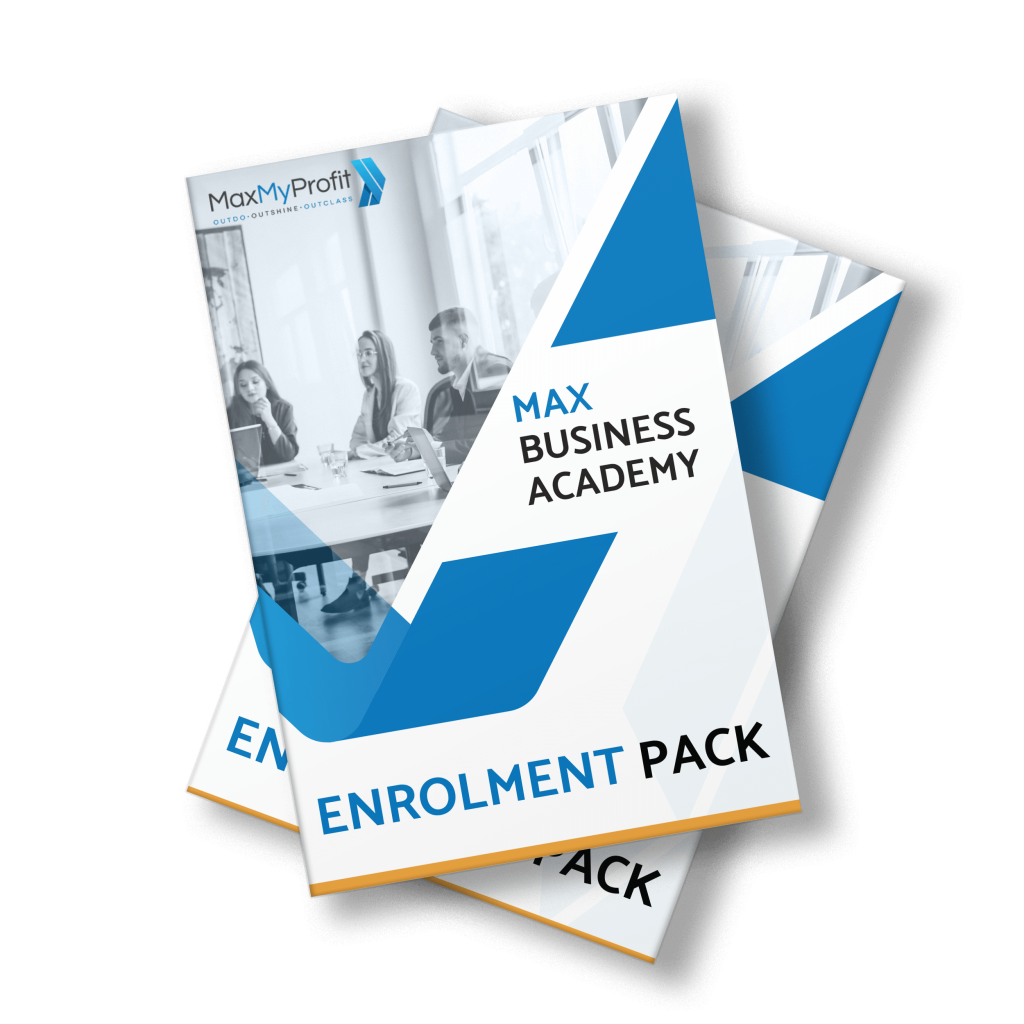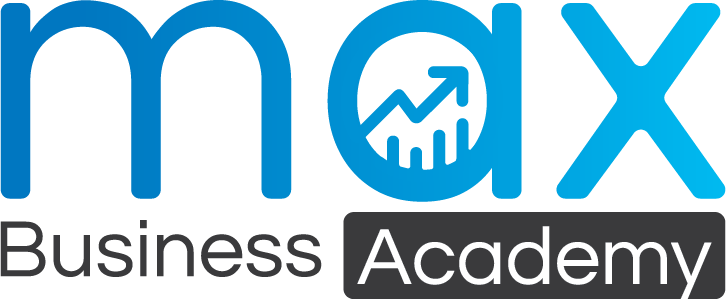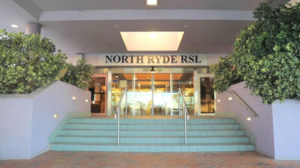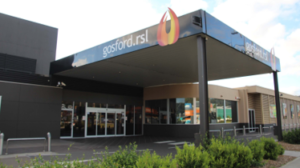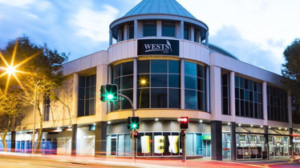Automation and artificial intelligence are changing the landscape of business and marketing. Case in point: chatbots that are programmed to interact with customers and social media followers, whether it’s by answering common queries, handling transactions, or responding to customer feedback and complaints.
The use of chatbots is on the rise too. According to the 2018 State of Chatbots report, 15 percent of consumers have, at some point, used chatbots to communicate with businesses over the past 12 months. Sure, that’s a much lower percentage compared to the people who use their phones (60 percent) and email (60 percent) to communicate with businesses, but chatbot technology is also in its nascent stages and is only expected to get better in the years to come.
Source: 2018 State of Chatbots report
In fact, the need for instantaneous business communications is at the heart of what’s driving demand for chatbots. According to research by Facebook, conversation on Facebook around “chatbots” in the United States grew by 5.6 times in a span of a year.
In a separate report, the social media giant announced in 2018 that there are more than 300,000 active chatbots on its Messenger platform. These bots, in turn, have facilitated 8 billion messages exchanged between people and businesses on Facebook each month.
But how exactly are businesses using chatbots? We look at a few examples of brands using chatbots.
#1 LEGO
Danish toy company LEGO rolled out a bot for Messenger campaign for the 2017 Christmas shopping season.
The chatbot, named Ralph, takes on the personality of a LEGO robot and is designed to improve the online shopping experience of customers. The bot emphasized the fun and creativity of playing with LEGO toys, suggesting a wide range of colorful toys and sets from the toy company’s catalog that make the perfect gift for the holidays.
Source: Facebook
To help users, Ralph would ask questions like, “Which of these bests describes the builder?”, to which a possible answer was “Loves things to go zoom.” Ralph would then recommend gift ideas for a “thrill-seeking speed star,” which appeared next to emoji-like images.
LEGO’s use of a bot for its Messenger campaign was so successful that it generated 4x higher returns on ad spend from click-to-Messenger ads compared to ads that brought users to LEGO’s website. The average value of LEGO purchases from click-to-Messenger ads was also 1.9 x higher.
#2 Lyft
Lyft uses chat bots to help customers schedule and book rides via chat on Slack and Facebook Messenger, as well as through voice on Amazon Echo. The bot uses a warm and conversational voice, making customers feel as if they’re talking to the driver or a Lyft representative.
Source: Topbots
In Messenger, the bot will even show the current location of the driver, the make of the vehicle, and an image of the car’s license plate, helping make the Lyft experience safer. It’s a nice little touch that re-assures Lyft’s customers that the company is concerned about their safety and providing a pleasant riding experience.
While the bot is not exactly geared towards marketing, it’s goal of retaining customers makes it a good PR strategy.
#3 Sephora
Source: Sephora
Sephora uses bot for Messenger to create an immersive experience for clients on Facebook Messenger, allowing them to shop for looks using augmented reality (AR) technology, book an appointment for makeup and skincare services, leave feedback for specific Sephora stores, and chat with a Sephora agent.
All of that happens without users having to leave the app, which is crucial as this reduces the number of steps people have to take to perform an action, creating a seamless and efficient experience.
Choosing the booking feature, for example, prompts users to send their location, which they can automatically do by clicking on the “Send Location” button, typing in the name of the city, or its zip/postal code. This then brings up a list of stores in the city, which users can choose to schedule Mini Services like “Brow Now,” “Find Your Foundation,” and “Lash & Dash,” or Deluxe Services like a “Full-Face Makeover” or “Revitalizing Facial Powered by Perk.”
According to Facebook, Sephora’s bot feature generated an 11 percent higher booking rate compared to other channels during the holiday season.
Why Chatbots Are a Powerful Marketing Tool
As these examples show, there are all kinds of ways to use chatbots for marketing, and the results don’t lie. Companies are generating positive ROI from using bots because they buyer’s journey by allowing transactions to happen in one lean and simple platform. But more than anything, chatbots leverage the fundamental desire of people to communicate with others—that includes the brands they love.
About the Author
Tabitha Jean Naylor is the founder of Women Entrepreneurs Can – a digital magazine designed specifically for women entrepreneurs, startup founders and small business owners – and the proud owner of TabithaNaylor.com, a marketing firm that delivers ‘big agency’ quality at rates that are affordable for startups and small businesses. Her intimate knowledge of how sales and marketing go hand-in-hand has resulted in a variety of successful campaigns for start-ups through NASDAQ traded companies.
Connect with her on Twitter @TabithaNaylor or visit TabithaNaylor.com to learn more.


